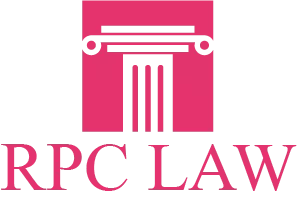The procedure used by an injured accident victim, in order to reach a settlement differs from the one used to go after a court-awarded judgment. Consequently, the victim that has settled with the disputing party, and wants to obtain the promised compensation, follows a specific series of steps. Each of those steps differs from the ones that need to be taken by someone that has won a court-awarded judgment.
Process for seeking compensation, after 2 disputing parties reach an agreement
The plaintiff’s lawyer reports to the court that the case has been settled; the court issues an order of settlement. The party contacted by the court is expected to deliver the appropriate papers within a period of 30 to 60 days. One of the documents included in that group of papers is the release form.
The Personal Injury Lawyer in Richmond Hill for the plaintiff studies the release. If it is acceptable, it gets sent to the plaintiff to sign. Meanwhile the same attorney arranges for payment of any medical lien, so that the designated percentage of the settlement money can get delivered to the lawyer’s client.
Process for seeking the money in a court-awarded judgment
The plaintiff that has won such a judgment should understand that the defendant has the right to appeal the decision handed down by the court. In other words, the defendant’s attorney can take the just-tried case to the appellate court. The appellate court should make one of 3 different decisions.
The appellate court’s decision might uphold the judgment that was handed down by the lower court. On the other hand, it could reverse that earlier decision. A third possibility would be realized if the defendant’s case got sent back, so that a new trial could be held.
At the end of any new trial, if one were ordered, the losing side would have the right to appeal the new decision. Hence, one specific case might get argued in a courtroom setting 3 or more times. So, a plaintiff might need to wait a good deal of time for the arrival of a court-awarded judgment.
Suppose that the defendant had no insurance; what would happen in that situation? The plaintiff’s lawyer would check to see if the defendant had any significant personal assets. If the defendant did own such assets, then the plaintiff’s lawyer could seek a certified or bank check.
Normally, whenever an attorney has chosen to request a certified or bank check, that request comes with a provision. The attorney’s provision concerns the release form, which the plaintiff is supposed to sign. Usually, a personal injury lawyer for a given plaintiff withholds any signed release form, until an insurance-lacking defendant has arranged for delivery of either the certified or bank check.
